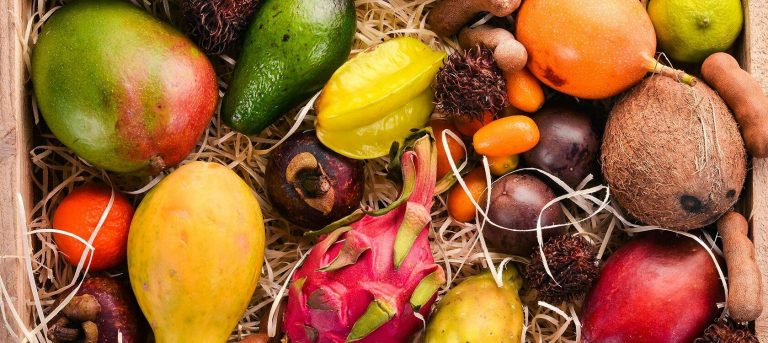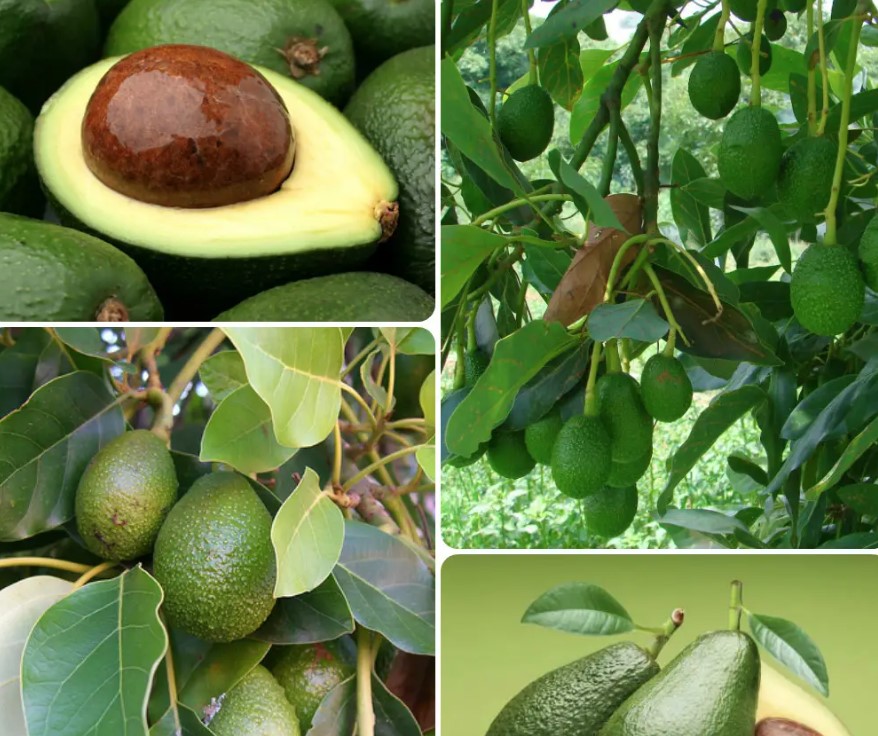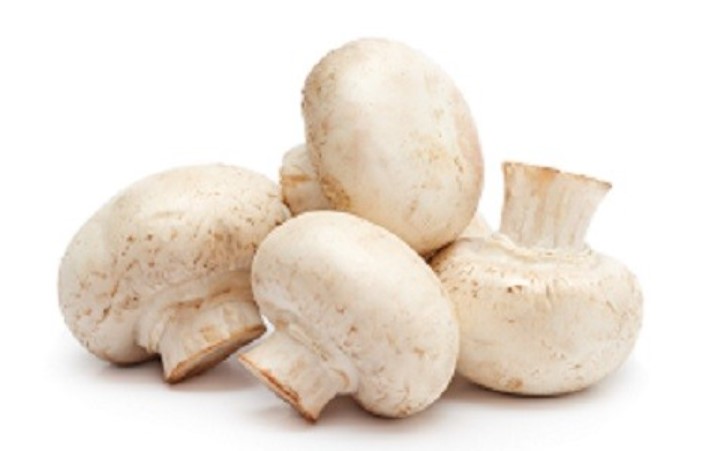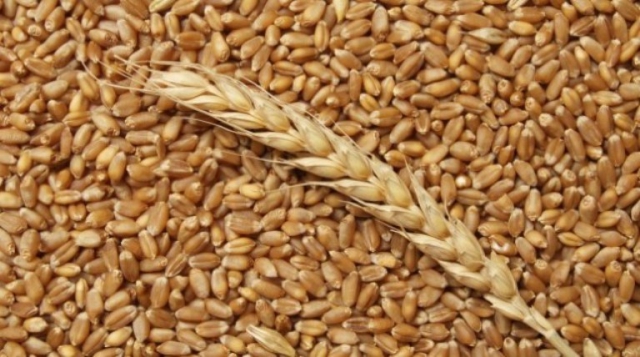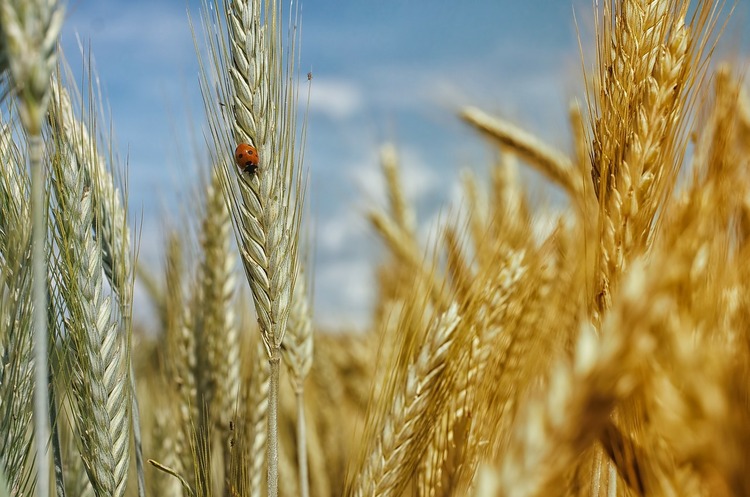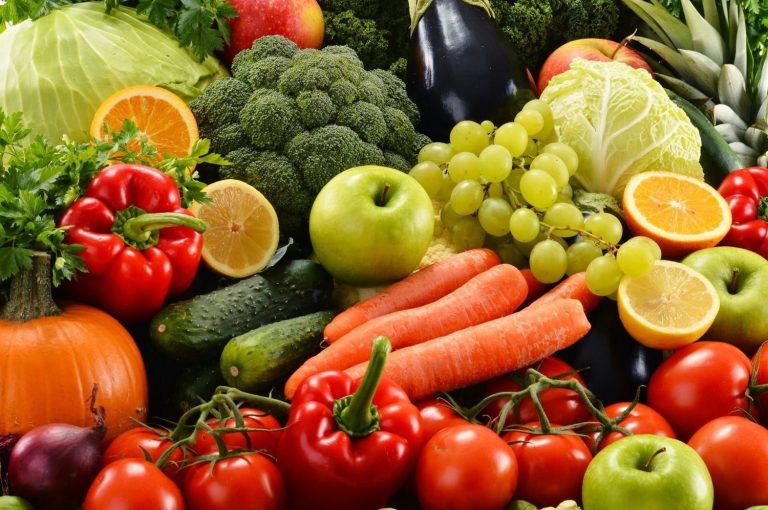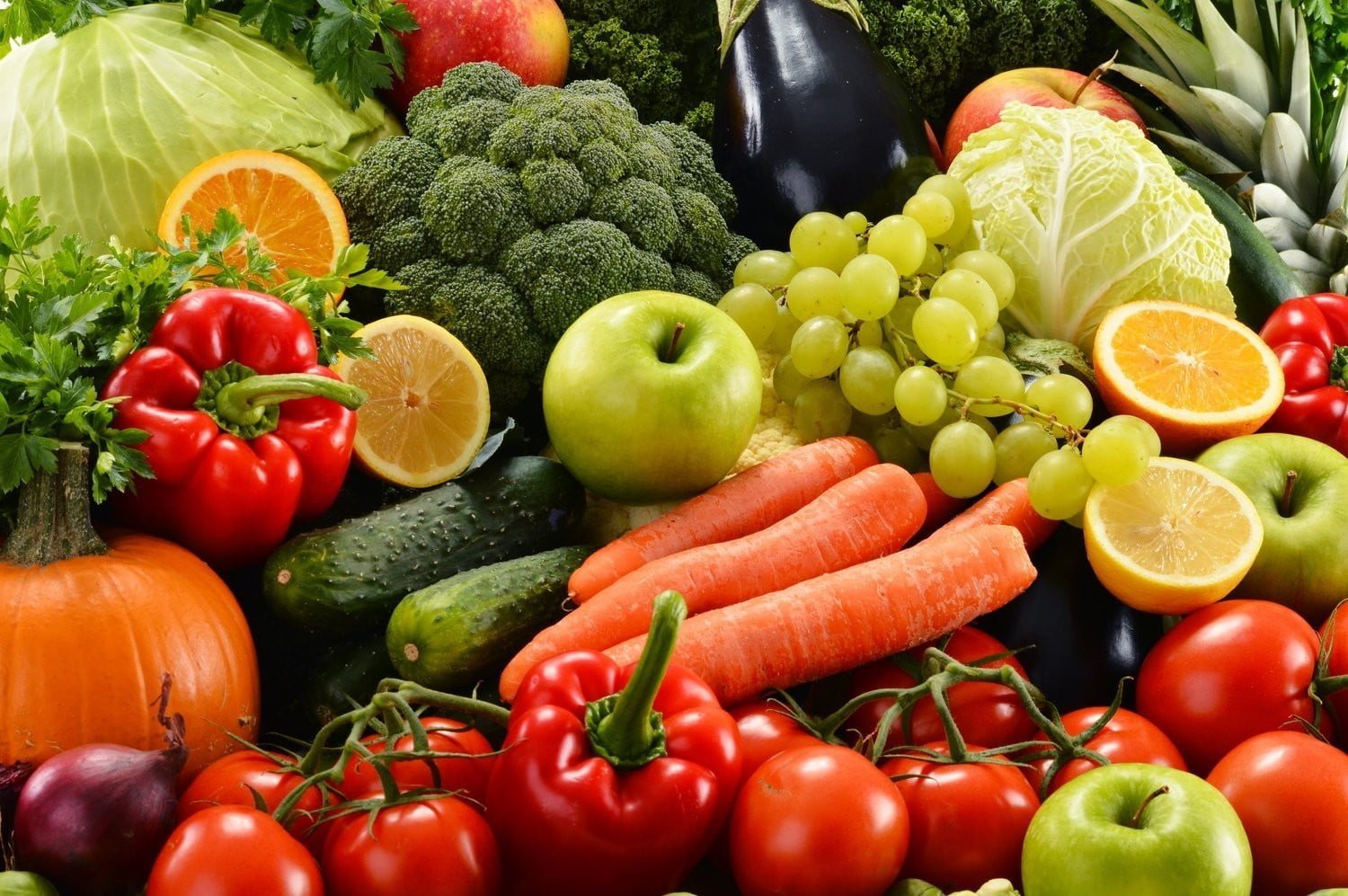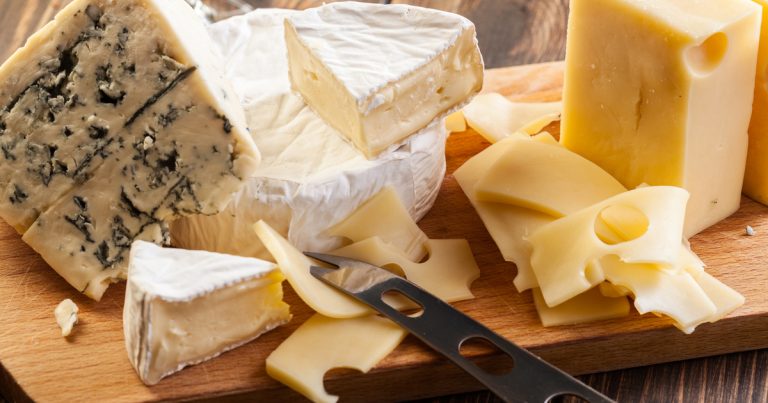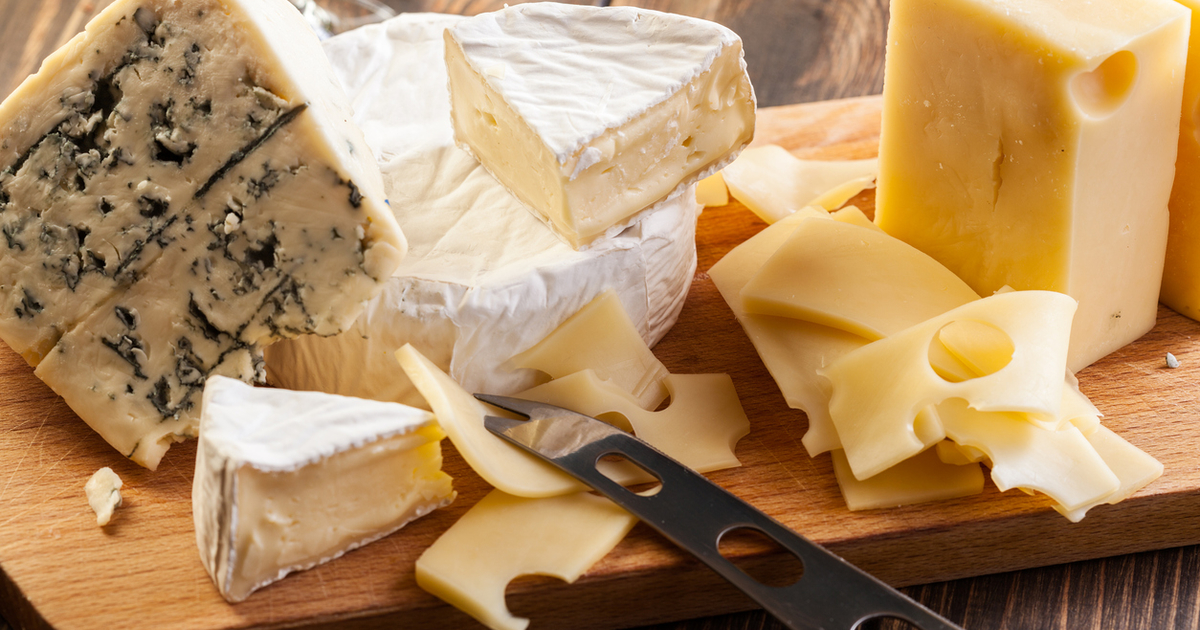Asparagus is often said to have a certain complexity. Cooking asparagus properly is not difficult at all.
Tips for buying asparagus
The sticks must be bright and firm, the tips should be closed. If you rub two spears of asparagus together, they should squeak with freshness!
The best thing to do is to start thinking about it when you go shopping: local asparagus will be available from mid-April. Freshly cut, without long transport routes, asparagus simply tastes best. Check interfaces when shopping: They must not be dry or even moldy and juice should come out when you squeeze them. The sticks must be bright and firm, the tips should be closed. If you rub two spears of asparagus together, they should squeak with freshness!
Store asparagus properly

If you don’t want to overcook your freshly bought stick vegetables right away, you can wrap them in a cloth (e.g. tea towel) moistened with lemon water and keep them in the vegetable compartment of your refrigerator for a few days (max. 3). If you want to freeze asparagus, you should prepare it ready to cook beforehand, i.e. cut off any woody ends and peel the rest. It is not necessary to blanch asparagus before freezing. Do not thaw the frozen asparagus before preparation, but place it directly in the boiling water.
Peel the asparagus properly
Before preparation, wash the asparagus briefly, pat dry, and peel with a vegetable or asparagus peeler. To do this, place the asparagus on your forearm and hold it with all your fingers except your little finger. Then use an asparagus peeler to peel from the bottom of the tip to the end of the stalk; meanwhile, turn the asparagus with your fingers. Green asparagus does not have to be peeled that far, the lower third is usually enough. With white asparagus, it pays to peel a little more generously, preferably starting under the head. Don’t throw away the asparagus shells! You can boil them for an aromatic asparagus broth that can be used to infuse creamy soups and sauces.
More about asparagus
Asparagus (lat. Asparagus Officinalis) belongs to the lily family. The perennial shrub grows to a height of about 1 m and has a woody rootstock. The asparagus buds begin to sprout at the top of the root. In spring from a soil temperature of 15 °C, the rhizome puts out many finger-thick sprouts that are white in color and turn green as soon as they come out into the open.
White and variegated asparagus
White asparagus has a typically fine asparagus aroma, is very tender, and has fewer bitter substances than other asparagus. The rungs are protected from the sunlight by mounds of earth to keep them white. White asparagus is cut 20 to 25 cm below the ground.
Green asparagus is cultivated without ridges, is tender and fine, but has a more intense taste. It is becoming increasingly popular and cultivated more and more often. Today, the proportion of green asparagus is over ten percent.
Purple asparagus contains more anthocyanins, which turns it purple. It originally comes from Italy and therefore needs more sun and warmth. Occasionally you can buy the slightly sweeter purple asparagus in Austria, more towards the end of the season.
That’s why you should eat asparagus
Asparagus consists of 90% water, the rest is valuable vitamins, minerals such as potassium, and hardly any calories (20 kcal per 100 g). It also scores vitamins A, C, and folic acid.

It’s a good thing that asparagus grows in spring, because it stimulates the metabolism, supports the liver and kidneys, and has a draining effect. However, people with a tendency to have kidney stones and high blood uric acid levels should be more careful with asparagus. Asparagus gets its typical taste from aspartic acid, which is important for the urea cycle and stimulates kidney function. After eating asparagus, the urine gets a peculiar smell.
Harvesting asparagus is manual work!
From mid-April to at the latest on St. John’s Day on June 24th, asparagus is harvested, as the harvest of the spear is known in technical jargon. Incidentally, asparagus can only be harvested by hand!

